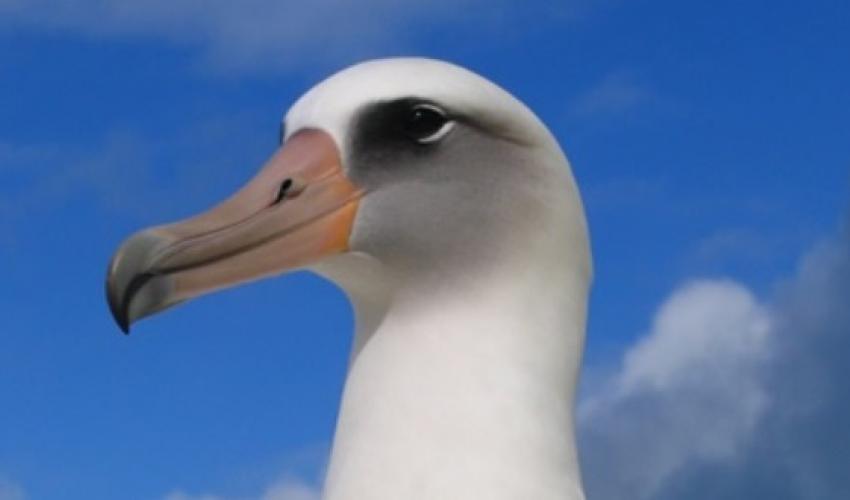A two-metre-high fence protects native plants and animals in Ka‘ena Point. It's island innovation in action.
Invasive species are a primary threat to island ecosystems. Plants and animals that are not native to the archipelago have had devastating impacts on native species in Hawai‘i – the U.S. capital of threatened, endangered or extinct species.
The Ka‘ena Point Ecosystem Restoration Project protects native plants and animals with a two-metre high predator fence that spans 630 metres between the Point’s coastal edges. It’s made of a fine mesh that extends into a ground-level skirt. Self-closing doors enable human-only access; a top overhang prevents animals from climbing over.
Developed in New Zealand, the fence was the first of its kind in the United States; construction was completed in 2011. Effectively excluding mice, rats, mongooses, cats, and dogs, it has brought a new level of protection for the Ka‘ena Point ecosystem.
“Island ecosystems suffer many threats, but there are things we can do to make a difference. This technology is an example,” says Dr. Eric Vanderwerf of Pacific Rim Conservation, who helped his wife, Dr. Lindsay Young, coordinate the Ka‘ena Point Ecosystem Restoration Project.
With seeds safe from rodents, endemic plant species like the endangered ‘ohai (Sesbania tomentosa) and ‘akoko (Chamaesyce celastroides) are recovering.
“Since the fence, all bird populations have been expanding,” says Chris Miller, native ecosystem specialist. “They continue to expand.” The number of wedge-tailed shearwater chicks (Puffinus pacificus) rose from around 600 to 2300 in three years. Seventy-six albatross nests were counted in Ka‘ena in 2015.
Since Ka‘ena provides the highest nesting habitat in the Pacific, ecologists hope that the area will attract bird colonies that have been displaced by rising sea levels and climate change.
Ka‘ena is open to the public, hosting 50,000 visitors annually. Visitors must enter and exit through the fence, which has brought about some unanticipated advantages. “It triggers awareness,” says Miller. “People realize this is a special area; the threat to our species is real.”
Ka‘ena is a Natural Area Reserve on the western tip of O’ahu. It provides refuge to thousands of seabirds, Hawaiian monk seals (Neomonachus schauinslandi) and rare plants. Ka‘ena is now one of the most studied seabird colony habitats in the world.
More innovative tools for species conservation will be presented and discussed at the IUCN World Conservation Congress taking place in Hawai’i in September 2016. Register before 31 May to take advantage of early-bird rates.











